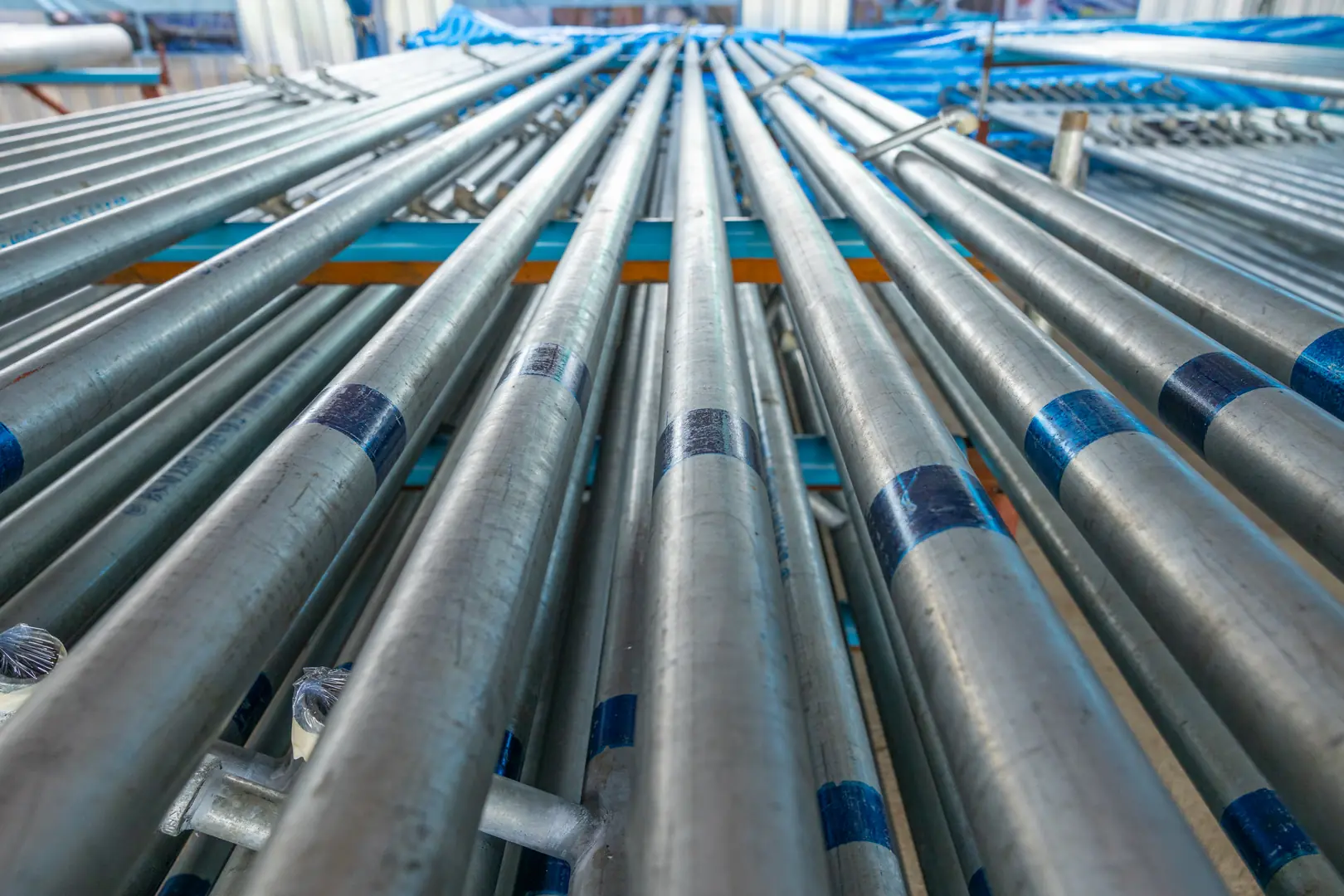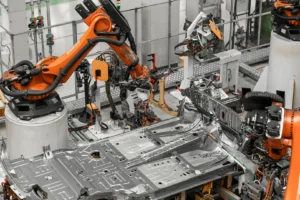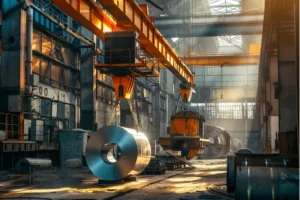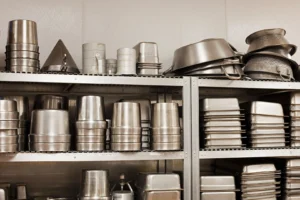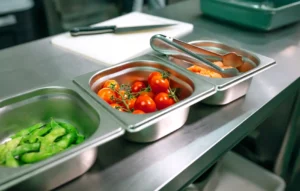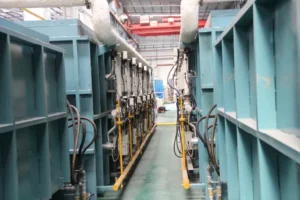304 vs. 316 Stainless Steel: Cost, Performance, and Export Applications
Choosing the wrong stainless steel can be a costly mistake. Project failures and budget overruns are common. I'll help you select the right grade for your specific needs.
The choice between 304 and 316 stainless steel depends on your application's environment and budget. 304 is a cost-effective choice for general use, while 316's added molybdenum provides superior corrosion resistance, essential for marine or chemical environments.
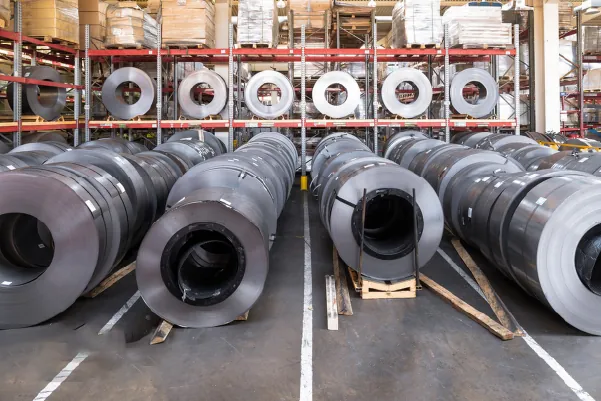
Hello, I'm Cosmos, the Global Business Director at MFY. In my years of navigating the global steel trade, I've seen one question come up more than any other: "Should I use 304 or 316 stainless steel?" It's a critical decision that directly impacts the longevity, safety, and cost-effectiveness of your projects. The answer isn't always simple, as it involves a strategic trade-off between price and performance. Today, I'll break down this choice for you, using my experience to provide clear, practical guidance for your export applications.
What are the key differences between 304 and 316 stainless steel?
The technical specs can be confusing. Misunderstanding them leads to material failure. The main difference is one key element: molybdenum, which dramatically boosts corrosion resistance in 316.
The primary difference is chemical composition. 316 stainless steel contains molybdenum, which significantly enhances its resistance to corrosion, especially from chlorides and other industrial chemicals. 304 stainless steel, lacking molybdenum, is more susceptible to this type of corrosion.
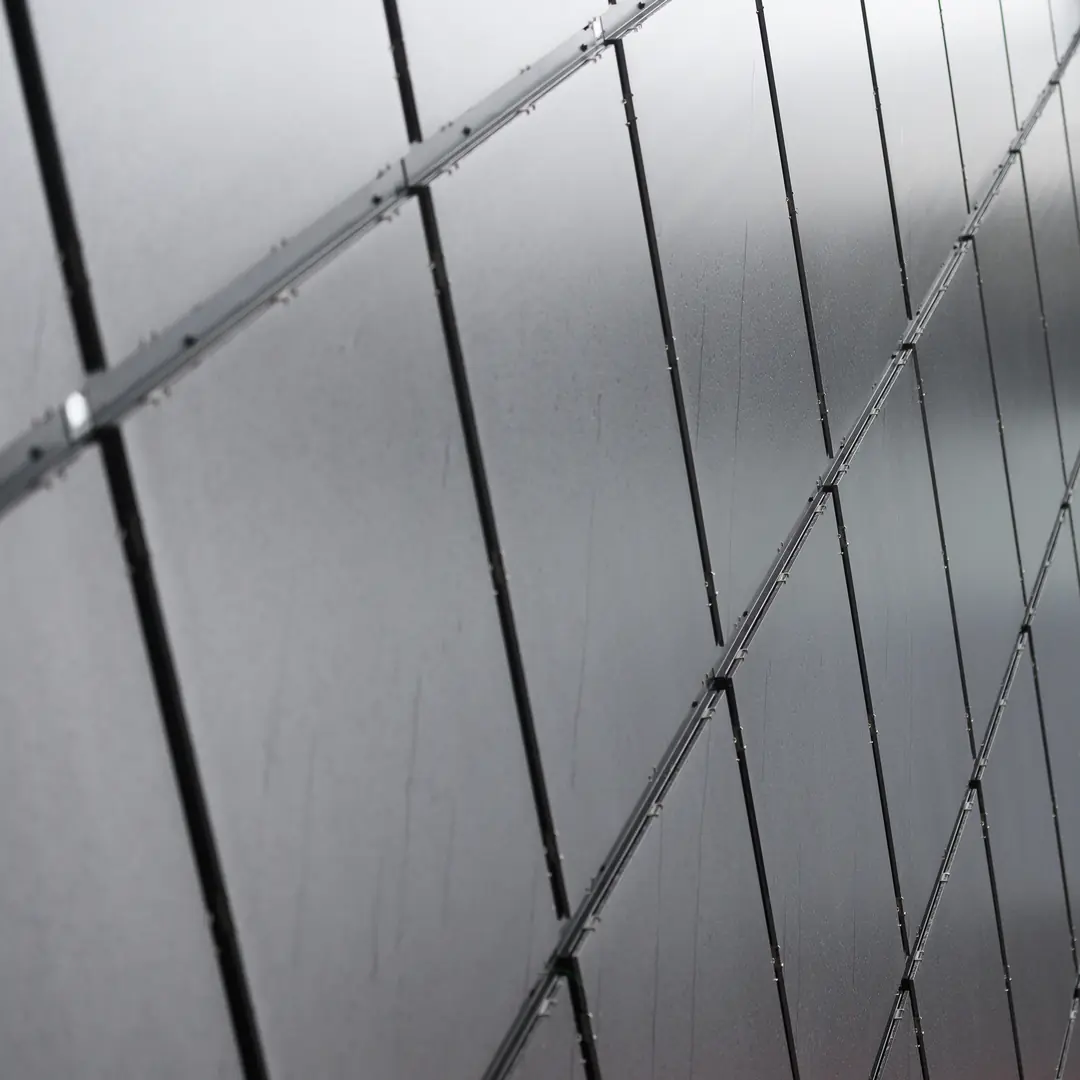
At first glance, 304 and 316 stainless steel look identical. They are both austenitic steels[^1], meaning they have a similar crystalline structure, are non-magnetic, and offer good formability. However, the small differences in their chemical makeup create a huge gap in performance, particularly when it comes to corrosion resistance. The secret ingredient is molybdenum. Grade 316 contains about 2-3% molybdenum, an element that grade 304 lacks entirely. This addition is what gives 316 its "marine-grade" reputation. Molybdenum significantly increases the steel's ability to resist pitting and crevice corrosion[^2] caused by chloride ions[^3], which are abundant in seawater, de-icing salts, and many industrial chemicals. I remember a client in Indonesia who initially specified 304 for a coastal processing plant to save on costs. Within a year, they were seeing signs of pitting corrosion[^4]. We helped them transition to 316 for all future replacements, solving the problem for good.
Core Chemical Composition Comparison
To make it simple, let's look at the key alloying elements that define these two grades. While other elements are present, these are the ones that drive the performance and cost differences.
| Element | Grade 304 (Typical %) | Grade 316 (Typical %) | Role in Performance |
|---|---|---|---|
| Chromium (Cr) | ~18% | ~17% | Provides basic corrosion and oxidation resistance (the "stainless" part). |
| Nickel (Ni) | ~8% | ~10-12% | Stabilizes the austenitic structure, improving toughness and formability. |
| Molybdenum (Mo) | 0% | ~2-3% | The key differentiator. Massively boosts resistance to chloride corrosion. |
This table clearly shows that while both are excellent materials, the addition of Molybdenum in 316 is a game-changer for specific, demanding environments.
How do 304 and 316 stainless steel compare in terms of cost?
Budgeting for materials is always a challenge. Unexpected price hikes can derail a project. Let's break down why 316 costs more and if it's worth the investment.
316 stainless steel is typically 25-40% more expensive than 304. This price difference is driven by the higher nickel content and the addition of molybdenum, both of which are costly alloying elements that contribute to its enhanced performance.
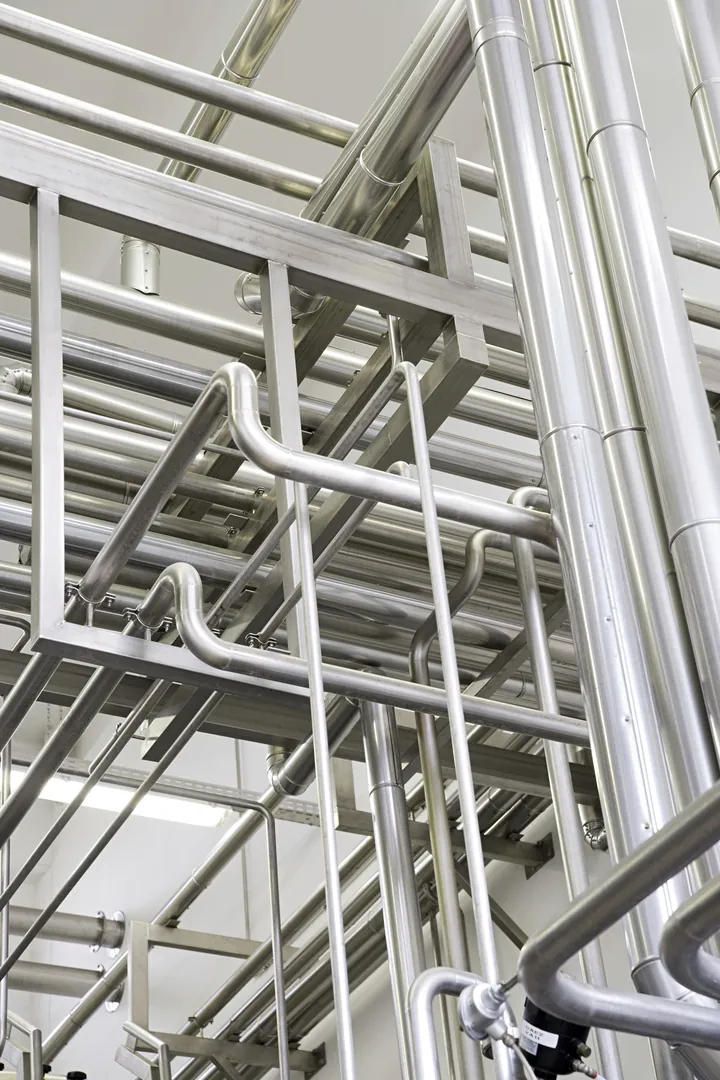
The cost difference is a direct reflection of the raw materials market. Nickel and molybdenum are valuable commodities, and their prices can be volatile. Since 316 contains more nickel and the all-important molybdenum, its base price is always higher than 304. This often leads procurement managers to default to 304 to meet initial budget targets. However, this is where we at MFY advise our partners to think about the Total Cost of Ownership (TCO)[^5]. The upfront savings from choosing 304 can be quickly erased by maintenance, repair, and replacement costs if the material is used in an unsuitable environment. A few years ago, a partner in the Middle East was developing components for a water treatment facility. They were tempted to use 304, but we analyzed the water's chloride content and strongly recommended 316. The initial investment was higher, but they have avoided the costly downtime and replacement cycles that their competitors, who used 304, are now facing.
Upfront Cost vs. Long-Term Value
When evaluating cost, it's crucial to look beyond the per-kilogram price.
- Initial Investment: 304 is the clear winner for projects with tight upfront budgets and non-corrosive service conditions.
- Lifecycle Cost: In corrosive environments, 316's durability means fewer replacements, less downtime, and lower maintenance expenses over the project's lifespan, making it the more economical choice in the long run.
Ultimately, the "cheaper" option is the one that performs correctly for the longest time.
What performance advantages does 316 stainless steel offer over 304?
Material failure in harsh environments is a major risk. It can lead to safety hazards and operational downtime. 316's unique properties provide the necessary resilience and long-term reliability.
316 stainless steel offers superior resistance to pitting and crevice corrosion, particularly in chloride-rich environments like coastal areas or chemical plants. Its molybdenum content makes it far more durable than 304 when exposed to salts, acids, and high temperatures.

The decision to invest in 316 is a decision to invest in resilience. This is especially true for our clients exporting to demanding regions. The global manufacturing landscape is shifting, with higher standards for quality and environmental durability. A component that works perfectly in a dry, inland climate might fail rapidly in the humid, salt-laden air of Southeast Asia or the industrial zones of the Middle East. The molybdenum in 316 provides a robust defense against the specific chemical attacks that 304 is vulnerable to. This isn't just a minor upgrade; it's a fundamental shift in the material's capability to withstand its environment. For international trade, where products must perform reliably across diverse climates and regulatory landscapes, this resilience is a key competitive advantage. It ensures your product's integrity, protects your brand's reputation, and aligns with the global push for more durable, long-lasting infrastructure.
Unmatched Chloride Resistance
Chlorides are the arch-nemesis of stainless steel. They are found everywhere, from seawater to food products and industrial cleaners. When a chloride ion attacks a 304 surface, it can cause a microscopic breach in the protective chromium oxide layer, leading to pitting corrosion—small, localized holes that can quickly compromise the structural integrity of the material. The molybdenum in 316 actively helps to reform this protective layer, effectively "healing" the surface and preventing these pits from forming.
Resilience in Acidic Environments
In addition to chlorides, 316 also shows better resistance to a wider range of acids, such as sulfuric and phosphoric acids, which are common in chemical and food processing industries. This makes it a mandatory choice for equipment like tanks, pipes, and reactors used in these sectors.
Which export applications are best suited for 304 stainless steel?
Specifying a material that is overkill wastes money. You need a reliable, cost-effective solution. 304 is the perfect workhorse for many common and less-demanding international projects.
304 stainless steel is ideal for export applications in environments without high chloride or acid exposure. This includes food processing equipment, kitchen appliances, architectural trim, storage tanks for non-corrosive liquids, and general-purpose industrial components.
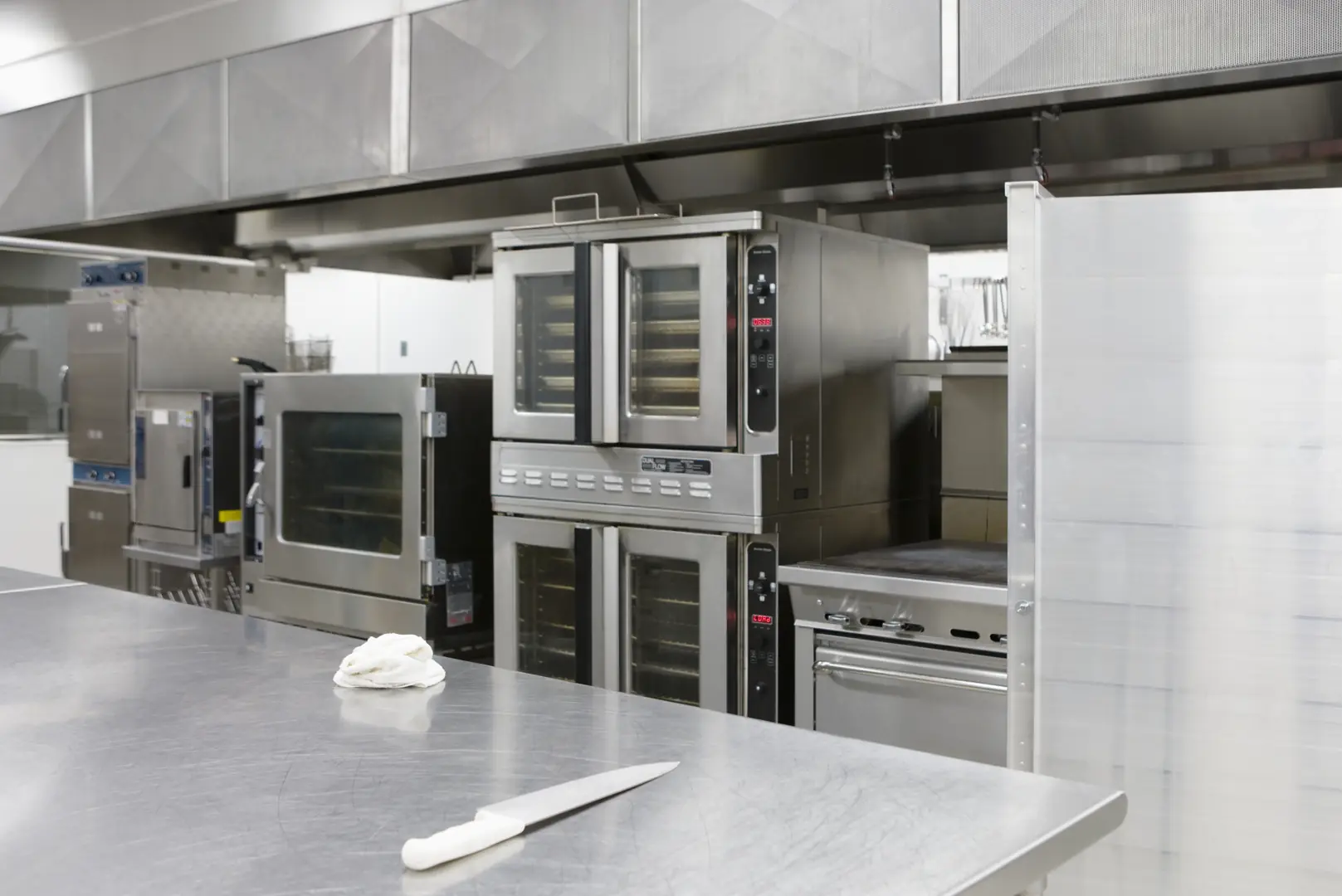
Grade 304 is the most widely used stainless steel in the world for a reason: it offers an excellent combination of corrosion resistance, formability, and value. For a vast number of export applications, it is more than sufficient. When we work with clients exporting products to markets where the end-use is indoors or in a non-coastal, low-pollution environment, 304 is almost always our primary recommendation. It provides the clean, modern aesthetic of stainless steel along with the necessary durability for everyday use, all at an accessible price point. This makes it the backbone of industries manufacturing consumer goods, architectural elements, and food service equipment. For example, a manufacturer of commercial kitchen equipment exporting globally can confidently use 304 for sinks, countertops, and storage racks, as these items are regularly cleaned and not exposed to harsh, persistent corrosives. The key is a proper assessment of the end-use environment. When the conditions are right, 304 delivers unbeatable value, allowing our partners to be more competitive in the global marketplace.
Key Export Sectors for 304
- Food & Beverage: Tanks for milk and beer, food preparation surfaces, and cutlery.
- Architecture & Construction: Interior decorative panels, handrails, and window frames in non-coastal areas.
- Consumer Goods: Kitchen appliances, sinks, and cookware.
- General Industry: Fasteners, tubing, and housings for equipment in controlled factory settings.
What are the recommended export applications for 316 stainless steel?
Choosing the wrong material for a harsh environment is a recipe for disaster. Compliance and safety are non-negotiable. 316 is the specified grade for critical, high-stakes applications.
316 stainless steel is essential for export applications in corrosive environments. This includes marine hardware, chemical processing and storage equipment, pharmaceutical machinery, medical implants, and infrastructure in coastal regions or areas with heavy industrial pollution.
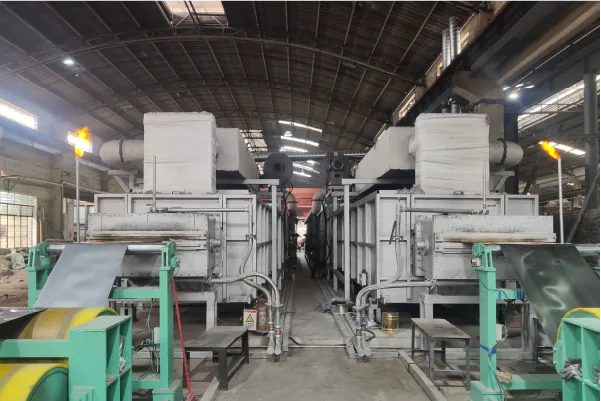
When the stakes are high and failure is not an option, 316 is the material of choice. At MFY, we have extensive experience supplying 316 for critical infrastructure projects around the world. For instance, we've provided large quantities of 316L pipe and sheet for desalination plants in the Middle East. In that application, the constant exposure to high-temperature, high-salinity water would destroy 304 in a matter of months. 316 is the only viable option to ensure operational longevity and safety. Similarly, for clients exporting to the rapidly developing coastal cities of Southeast Asia, we recommend 316 for any exterior architectural elements, from facade paneling to structural supports, to combat the corrosive effects of the humid, salty air. I recall a project with a partner manufacturing pharmaceutical equipment for the European market. The stringent regulatory standards required materials that would not react with a wide range of chemical compounds. 316 was not just a recommendation; it was a prerequisite for market entry. Choosing 316 in these cases is an investment in compliance, safety, and long-term performance.
Critical Export Sectors for 316
- Marine: Boat fittings, propellers, and coastal balustrading.
- Chemical & Energy: Tanks, piping, and reactors for corrosive chemicals and high temperatures.
- Medical & Pharmaceutical: Surgical instruments, medical implants, and sterile manufacturing equipment.
- Infrastructure: Bridges, building facades, and public works in coastal or polluted urban areas.
Conclusion
Choosing between 304 and 316 is a strategic decision, not just a technical one. It requires balancing upfront cost with long-term performance and environmental demands. At MFY, we help you make the right choice for your global projects, ensuring both value and durability.
Have Questions or Need More Information?
Get in touch with us for personalized assistance and expert advice.
